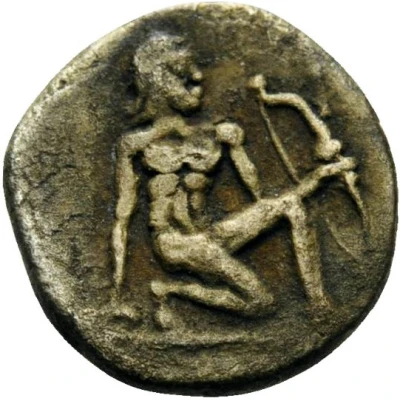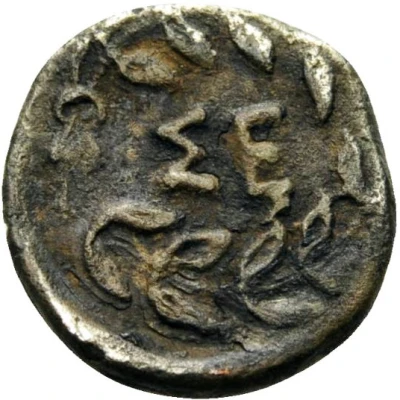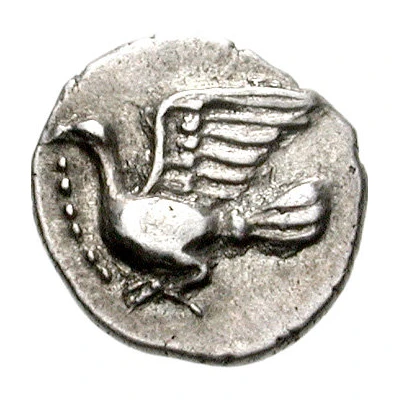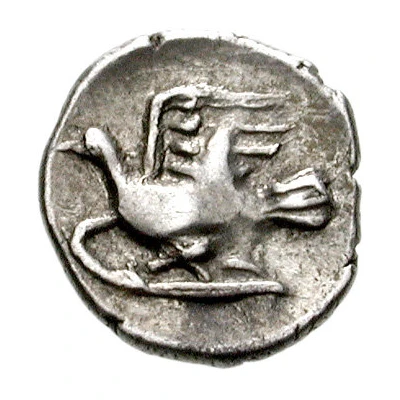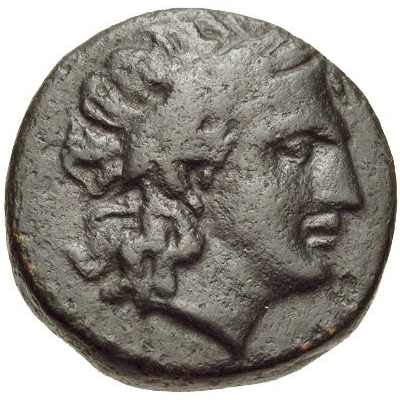
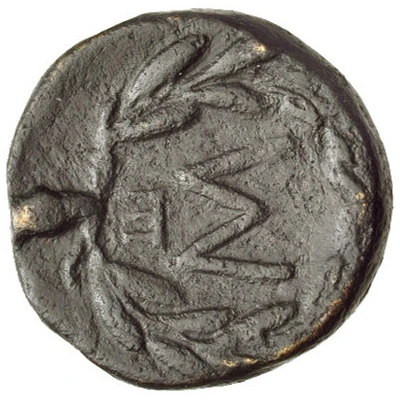

© Classical Numismatic Group, Inc.
Hexachalkon 345 BC - 325 BC
| Bronze | 4.83 g | 16.0 mm |
| Issuer | Sikyon (Sikyonia) |
|---|---|
| Type | Standard circulation coin |
| Years | 345 BC - 325 BC |
| Value | 1 Hexachalkon = 6⁄8 Obol = 6⁄48 Drachm (⅛) |
| Currency | Drachm |
| Composition | Bronze |
| Weight | 4.83 g |
| Diameter | 16.0 mm |
| Shape | Round (irregular) |
| Technique | Hammered |
| Demonetized | Yes |
| Updated | 2024-10-10 |
| Numista | N#149540 |
|---|---|
| Rarity index | 100% |
Reverse
Large Σ, letter Ǝ to the left and all within wreath tying to the left
Script: Greek
Interesting fact
The Hexachalkon coin was used as a form of currency in the ancient Greek city-state of Sikyon, and its design features a unique blend of both Greek and non-Greek elements. On one side, the coin bears the image of a mythical creature known as a "sphinx," which was a popular symbol in ancient Greek art and mythology. On the other side, the coin features an inscription in the ancient Greek alphabet, along with an image of a six-sided die, which was a common motif in ancient Greek coinage. This blend of Greek and non-Greek elements reflects the cultural diversity and exchange that existed in the ancient Mediterranean world.
